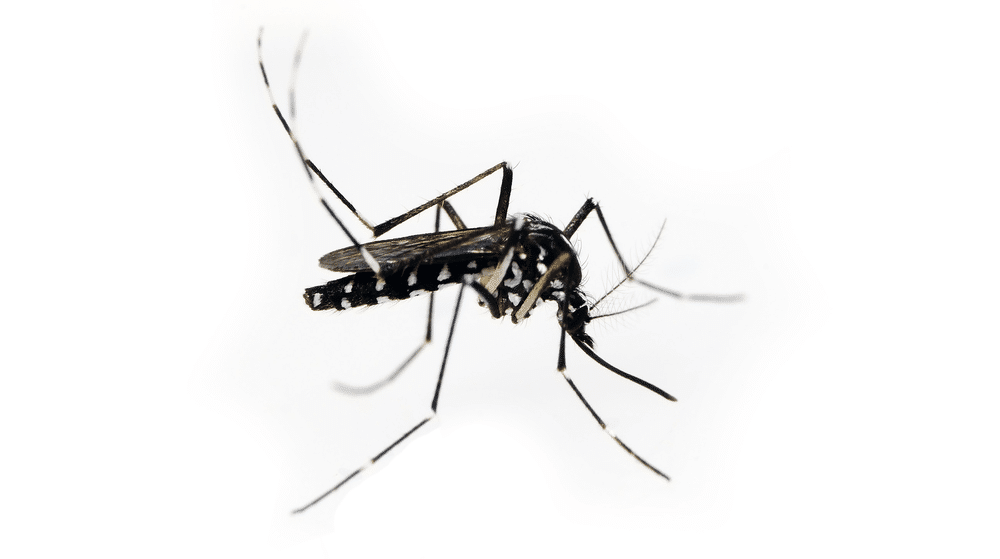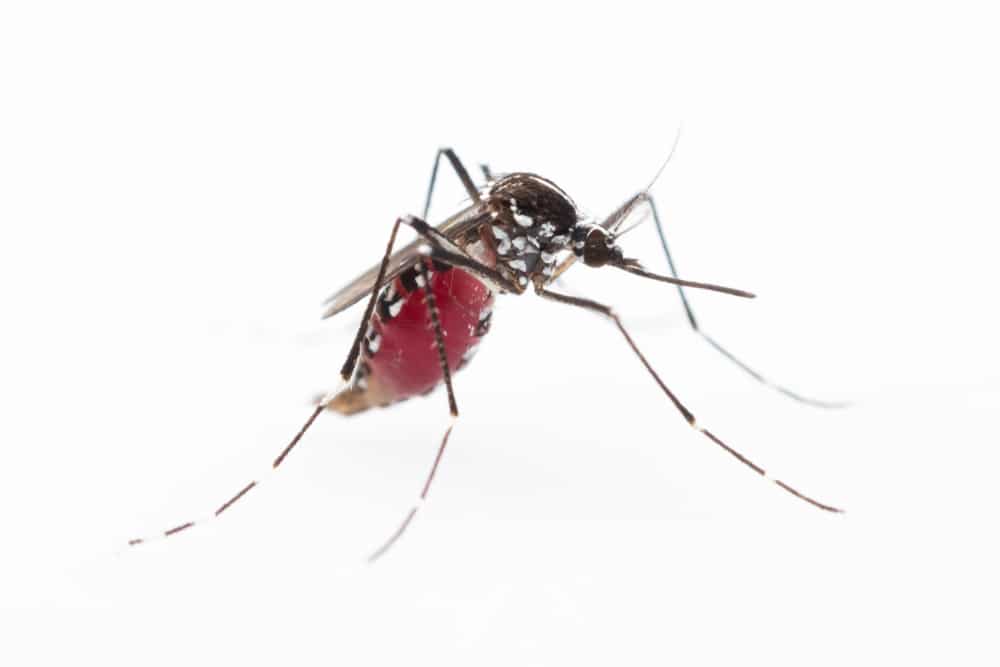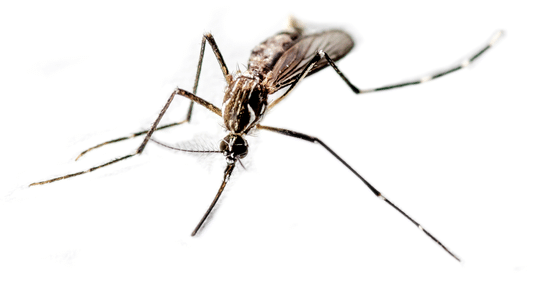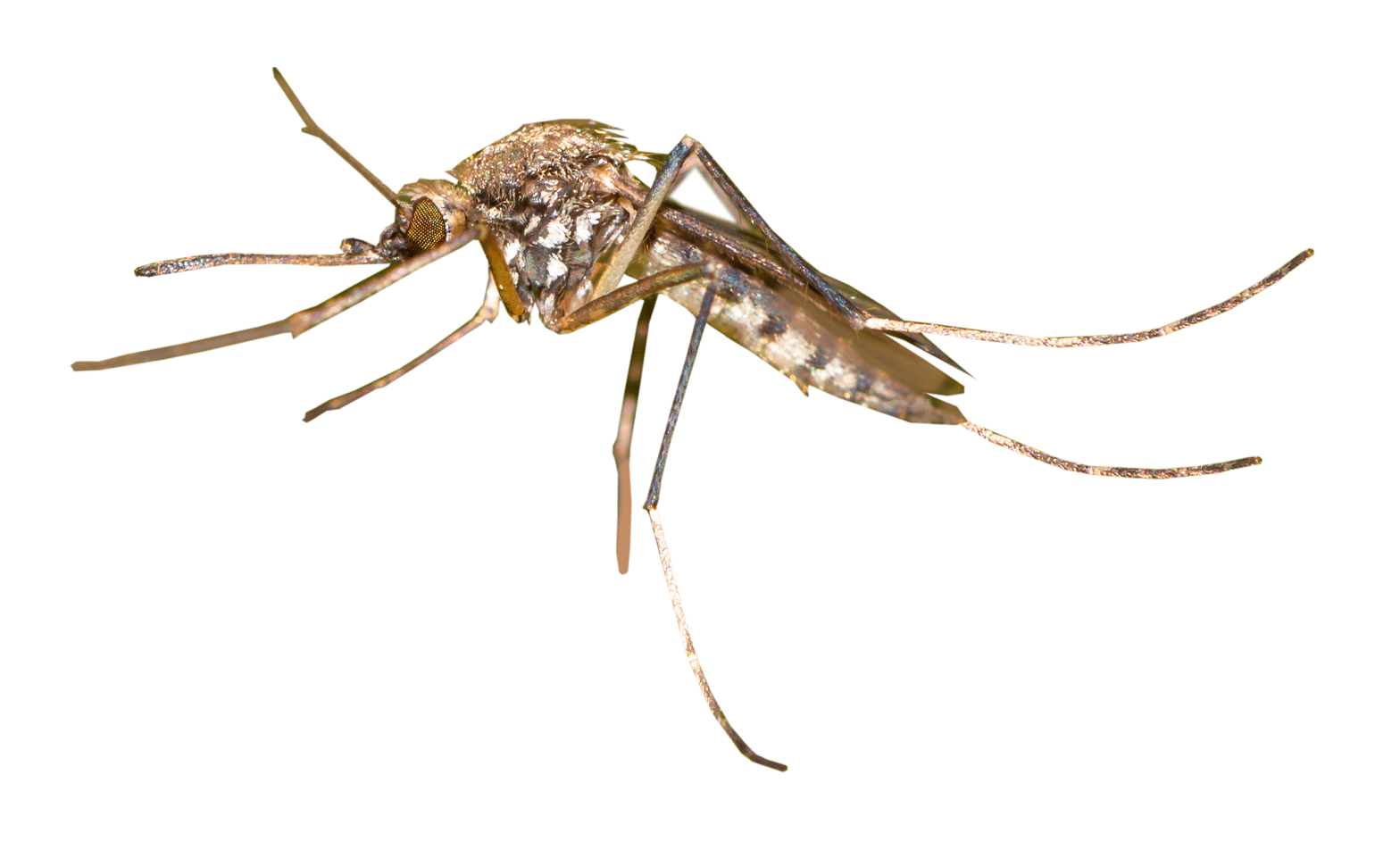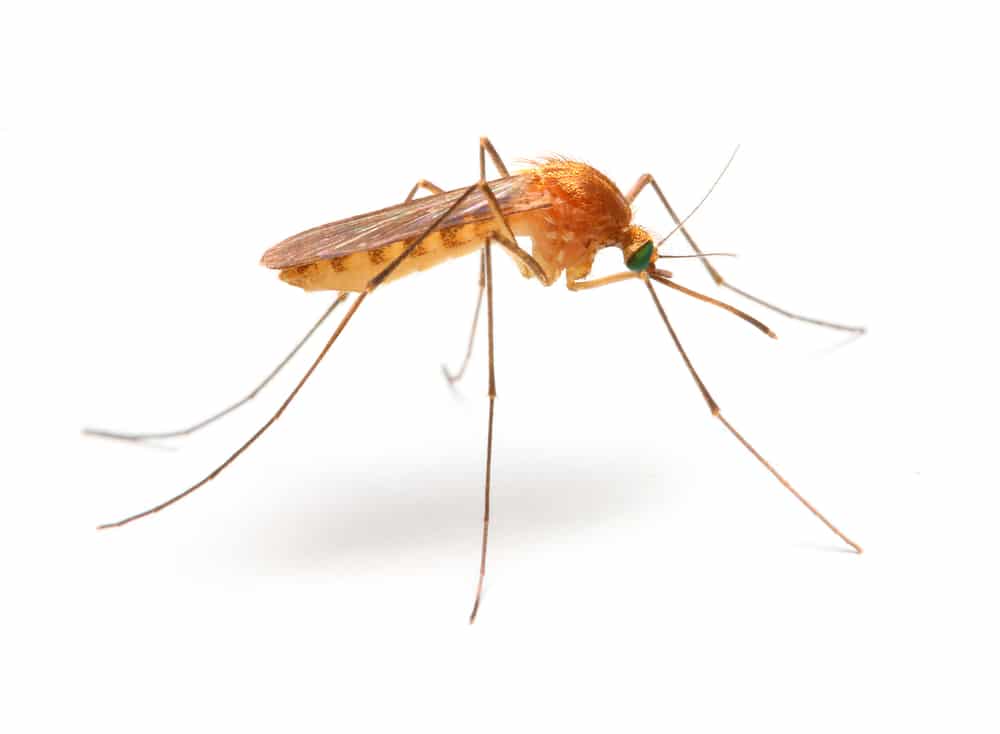Mosquitoes are a dangerous nuisance in Oklahoma for a variety of reasons. First, the state's warm, humid climate creates an ideal habitat for mosquitoes to breed and thrive, making it difficult to control the population. This, in turn, increases the risk of mosquito-borne illnesses like West Nile virus, malaria, and Zika virus.
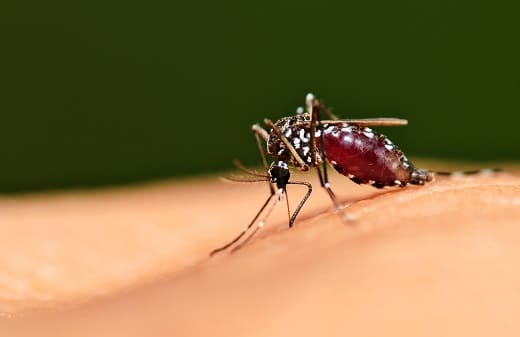
Oklahoma is home to many wetlands and rivers, which provide a perfect breeding ground for mosquitoes. These areas can quickly become overrun with mosquitoes during the summer months and can make it difficult to enjoy outdoor activities like camping, fishing, and swimming with the appropriate mosquito control measures in place.
Oklahoma also has a large population of wild animals, such as birds and deer, which can be a source of food for mosquitoes. This increases the chance of a person being bitten by a mosquito, which not only creates an unpleasant experience but can also lead to serious illnesses. To help control the mosquito population, people are encouraged to wear insect repellent and eliminate any standing water on their property.
Mosquito Identification
Mosquitoes are a common nuisance, especially during the summer months in Oklahoma. With so many different species of mosquitoes, it can be difficult to identify the exact species you have. To help you identify the mosquitoes in your area, this guide will provide information on the most common types of mosquitoes found in Oklahoma.
By using this guide, you can easily identify the mosquitoes in your area and take the necessary steps to protect yourself and your family. Taking the time to learn about the different species of mosquitoes in Oklahoma can help you better understand their habits and behavior and can help you better protect yourself and your family from these pesky insects.
Not sure what type of mosquitoes you have?
Give us a call! One of our certified technicians can identify your mosquitos and provide a free estimate.
At Emtec Pest Control, we are committed to safe and responsible pest control. We understand that your family’s safety is your number one priority, so we make it our priority, too.
If you have any other questions about any of these pests or pest control for your home or business, contact your Oklahoma pest control experts at Emtec Pest Control by calling us or by filling out our online contact form.

